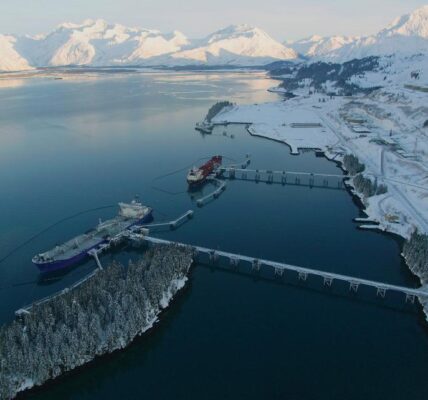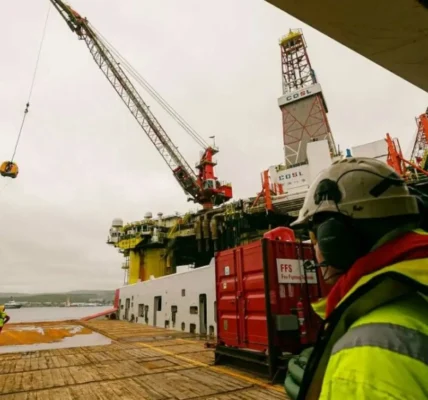If a pipeline is built to connect new gas fields in the Barents Sea to the main Norwegian gas export network further south, it could boost Norway’s supply by around 5%, according to Rystad Energy analysts.
“The proposed pipeline would increase annual capacity from the Barents Sea by approximately 5.5bcm, a 70% increase from the current capacity of 7.7bcm,” Rystad gas analyst Mathias Schioldborg told Montel.
It would also increase key producer Norway’s total gas exports by 5% compared with Rystad’s expectation of 113bcm in exports in 2030, down from a record 120bcm last year, he added.
Currently, gas extracted in the Barents Sea is transformed into LNG at Equinor’s facility at Melkoya in Hammerfest, before being transported to global markets.
The Norwegian gas network ends 800 kilometres further south, near the Aasta Hansteen gas field.
Norwegian gas TSO Gassco said in a study in April that building a NOK 53bn (EUR 4.7bn) pipeline from Aasta Hansteen to the Barents Sea would benefit the region and be a better solution than increasing LNG capacity at Melkoya, which currently accounts for 5% of Norway’s gas exports.
Gassco said it was currently in discussion with relevant stakeholders to gain more information about the project.
Higher costs
But uncertainty remains about how soon a pipeline could be built and whether investment is forthcoming.
Schioldborg said a weaker Norwegian currency and high global inflation may increase costs. There were also questions about gas price development, Europe’s future gas demand and
producers’ willingness to explore more gas in the north, he said.
The Barents Sea hosts the lion’s share of Norway’s unexplored gas reserves and a pipeline solution would make exploration more attractive, according to gas producers.
Northern potential
“When you look at gas in Norway, around two-thirds of the remaining undiscovered potential sits up in the Barents Sea. So, it’s critical for the industry to find a gas export solution, and we support what Gassco is doing to move that forward,” Nick Walker, CEO of Aker BP, told Pareto’s annual energy conference in Oslo last week.
“And we are playing our part because we are going to continue to explore up here.”
Aker BP is Norway’s second largest gas producer after Equinor.
Equinor CEO Anders Opedal has previously told Montel that a gas pipeline could complement the Melkoya facility, but that the business case depended on sufficient demand in Europe.
Energy minister Terje Aasland also said he supported Gassco’s initiative.
(EUR 1 = NOK 11.37)




